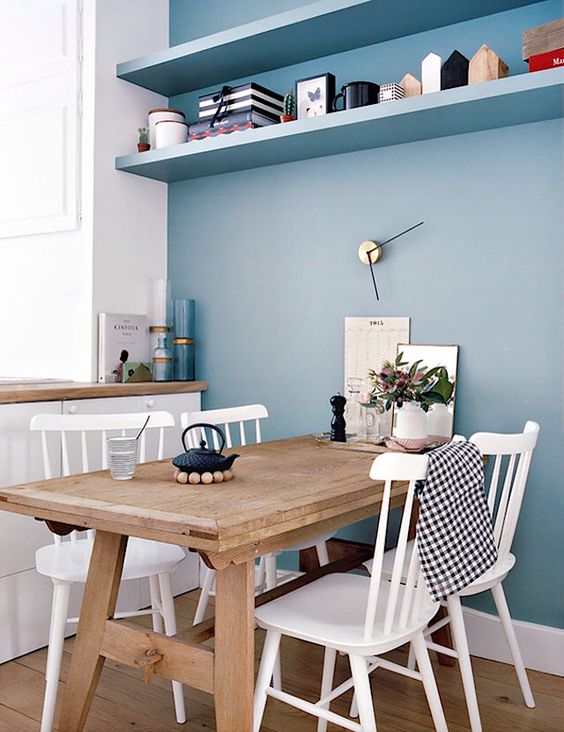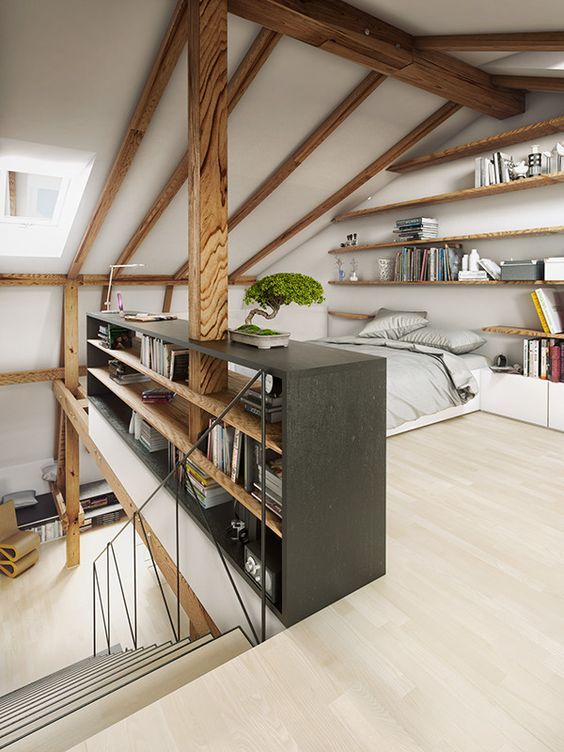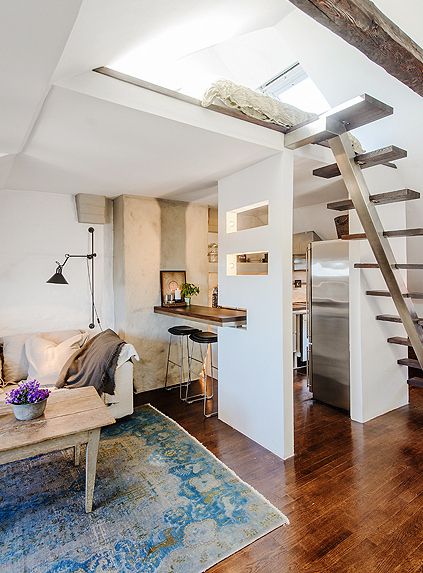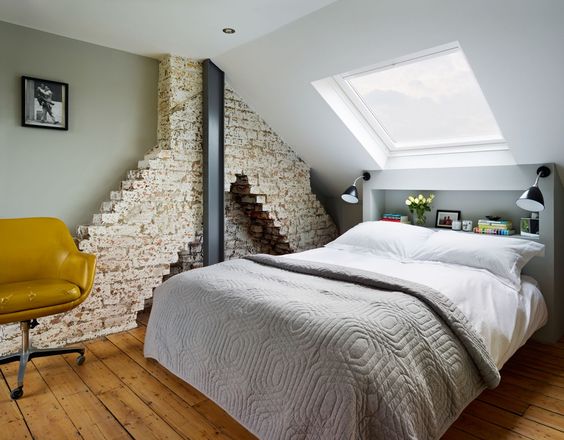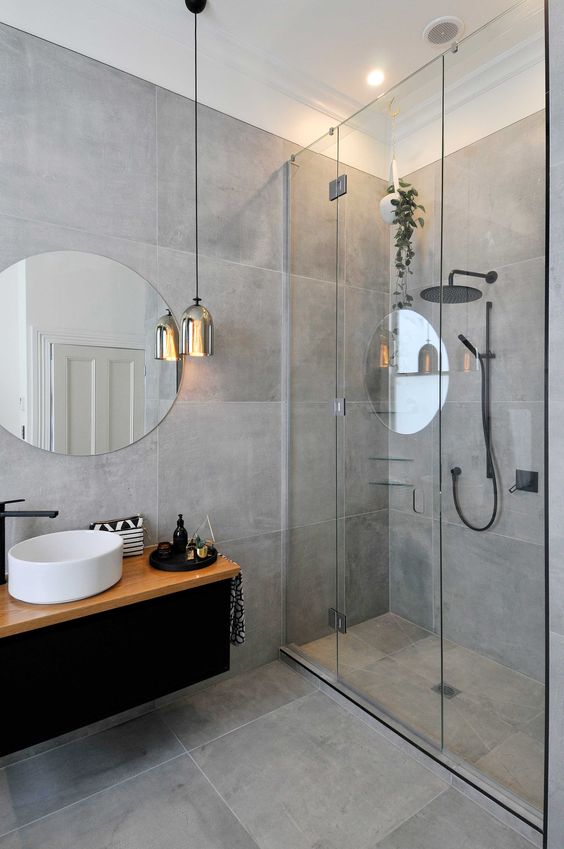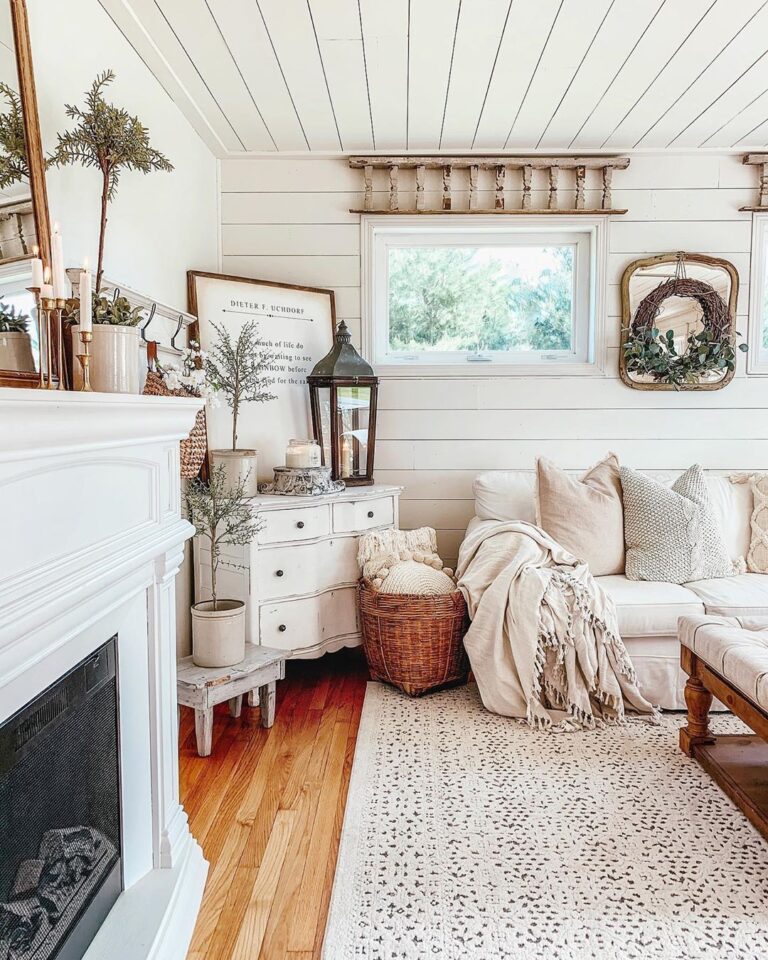Common Renovation Mistakes to Avoid
Renovations can be fun, but can also be a minefield for the uninitiated. The focus is key, as well as a bit of thoughtful planning. If you are about to embark on a renovation journey, it is a good thing you are reading this first!
Here are six common renovation mistakes to avoid.

Poor project management
Poor planning and management will not only delay the execution of the project but could also cause some costly mistakes. Requests-for-Information (RFIs) can help a project run smoothly and on schedule, but they can also cause delays which can mean cost overruns and lost profit. That’s why it is essential to have a proper software – have a look at some great RFI examples.
Poor painting
If applying a coat of paint is the icing on the cake, some DIYers forget to do the baking. It is the fastest way to transform rooms, furniture, planters, lamps, and so much more. But if done improperly, it could turn out to be a disaster.
To avoid a poor painting job, here are some tips to ensure you have an error-free application:
- Choosing the wrong color. This is one of the most devastating mistakes you can do to your home. Avoid bright colors at all cost. Keep it neutral or deeply saturated.
- Bumping the ceiling. To avoid bumping the ceiling with a roller and creating a troublesome touch-up job, use a nice buffer zone. Experts recommend a 9-in. –wide strip.
- Painting during extreme temperatures.
- Making rookie mistakes like forgetting to lock out pets or leaving the lid off the paint can.
- Painting over glossy finishes
- Painting over popcorn ceilings without testing first.
Not hiring the right professionals.
It is important to have the right team to implement your renovation. Make sure you hire professionals or tradesmen who:
- Have your best interest in mind
- You can trust
- Understands the vision you have for your home
- You feel comfortable around and get along with.
Also, do not be afraid to ask for samples or references of previous projects. You should get an idea of their work credentials and level of experience.
Ignoring rules and regulations
First, understand the rules and regulations before undertaking any work. For example, did you know that altering a listed building is a criminal offense? Your project could also get delayed if you fail to follow the Party Wall Act.
To avoid any inconveniences, first check the following and what you will need to do:
- Do you need to notify neighbors? Check the Party Wall Act.
- Do you need building regulations approval? Ask the local authority.
- Do you need planning permission? Ask the local authority.
- Do you need to notify leaseholders or get permission from others? Check your deeds, leases or other overriding interests in the land.
Wasting existing space
A tip recommended by Dawson Property Management Inc., is to consider how you can use existing space before making plans to add an extension to your renovation project. There are many measures that will not only add value to your property but will also help make it feel more spacious.
When space is an issue, consider applying the following ideas:
- Improve the flow by adding doorways
- Create mezzanine levels
- Use carefully positioned mirrors
- Reuse wasted circulation space
- Install space-efficient heating
- Use borrowed light
- Use informal room dividers
- Improve lighting design
- Remove walls and remodel
- Change the direction door swings in, or use sliders or bi-folds
- Use a space-efficient staircase
- Use carefully positioned mirrors
Taking the wrong energy-saving measures.
Installing double-glazing could tremendously save you money. However, it typically takes a longer time to pay itself back, by which time you may have moved out.
As such, focus your budget on energy-saving measures with the shortest payback.
Following are some of them:
- Upgrading to a condensing boiler
- Loft insulation
- Energy-saving light bulbs
- Draft exclusion
- Cavity wall insulation
- Hot water tank and pipe insulation
Scrimping on design
A good design is worth every penny. It can transform a property and its value. On the other hand, a poor design, or no design at all can be problematic. Some of the problems caused by scrimping on design include:
- Lack of detail or errors can cause complications and delays on site. It can also expose you to criminal charges.
- Over-complicated designs can add unnecessary costs and delays.
- Poor design can squander potential, waste space and fail to maximize value.
- Ill-judged applications could prejudice the planning process. It could also lead to planning problems.
- Failing to adhere to your project brief and objectives could lead to wasted time and an unsatisfactory result.
With a well-planned budget and design, home remodeling can be an exciting project. Avoid these six mistakes during your home renovation for a successful home improvement process.
Check out my books about interior design:


